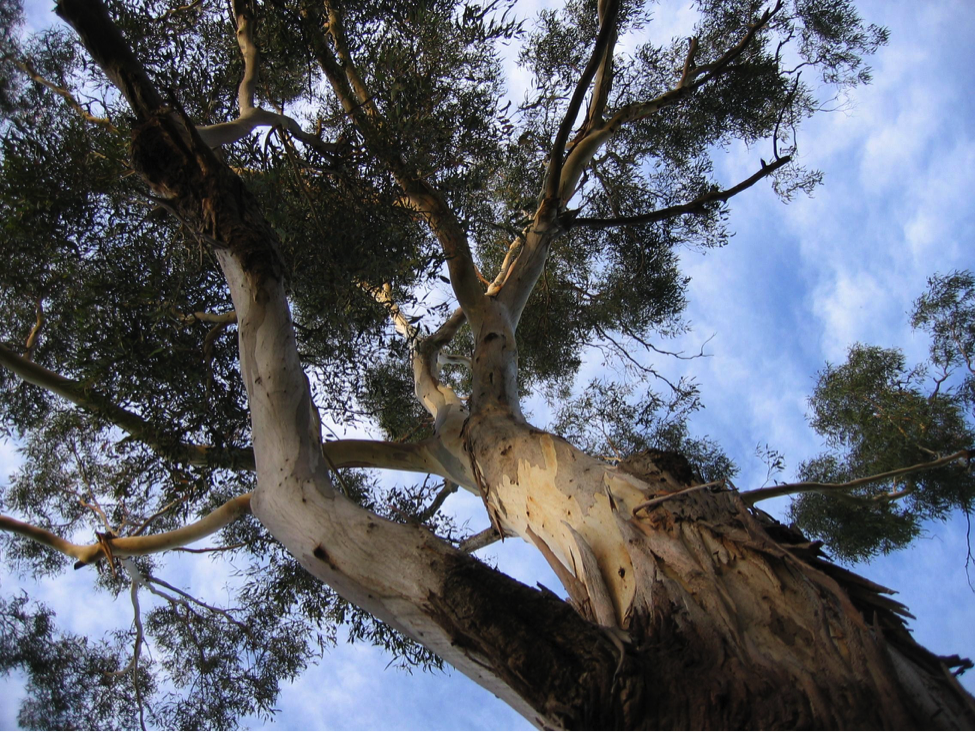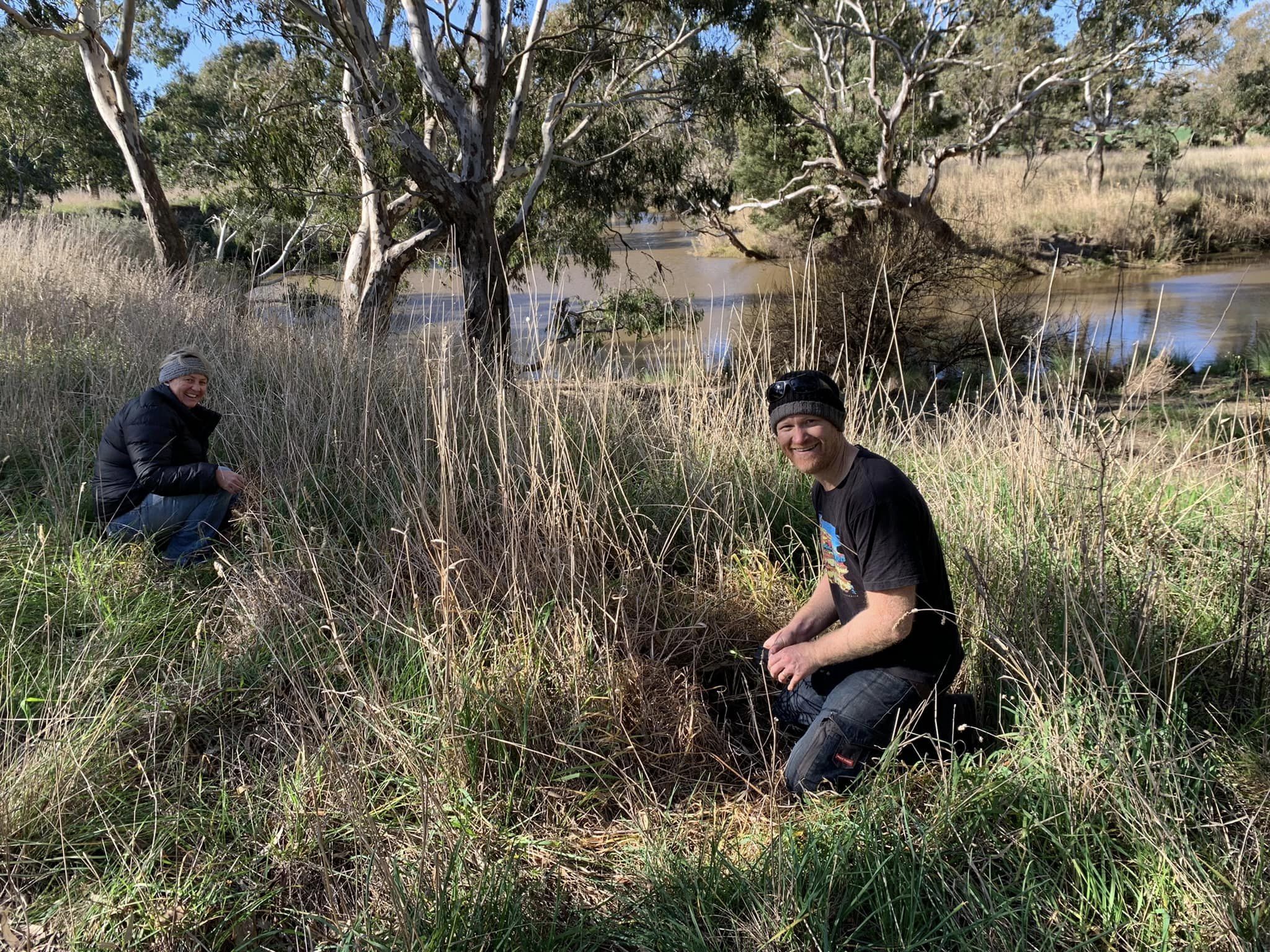The first week in August is National Landcare Week and we thought we’d tell you a little about this wonderful organisation that is working so hard to protect and restore our beautiful country. With 6,000 groups and over 100,000 members, Landcare has a shared vision to protect, enhance and restore the natural environment in their local community. With its beginnings in the 1980’s by then Minister for Conservation, Forests and Land, Joan Kirner (who alas is probably remembered more for introducing the pokies into Victoria), the organisation has grown to become a mighty force in the renewal and protection of our Australian native ecosystems.

We work a lot with Landcare Australia and are always impressed by their local environment knowledge; including cultural heritage, indigenous plants, native wildlife, soil, river systems and climate.
We interviewed Andrew Borg, coordinator of the Buloke and Northern Grampians Landcare (BNGL) to glean some insights into the organisation.
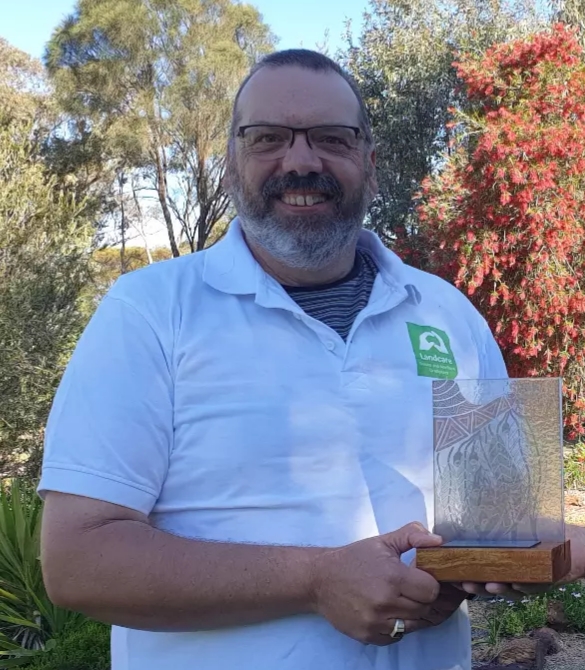
- Tell us a little about BNGL.
BNGL is a big area comprising of 20 individual Landcare groups and over 270 volunteers. It was established 35 years ago and the local Winjallok group is actually the very first Landcare group in Australia. This year we have 30 projects running across the network.
Some of these projects include biodiversity surveys, regeneration and restoration work, mapping Buloke reserves, running Junior Landcare sessions and climate change workshops, building bird boxes with students from nearby schools and revegetating badly eroded landscapes.
One particularly lovely project that I have undertaken is the breeding of the locally extinct squirrel gliders. We hope one day to be able to release them into a native reserve near to where I live.
- What got you into Landcare in the first place.
When I moved back into the district 8 years ago, I knew I wanted to be a part of the community, so I promptly joined the CFA and Landcare. The impetus to take on the role of Coordinator of Landcare, were the bushfires of 2019. It was also a time when I was looking for a career change, so a few things fell into place for me.
- What’s the best thing and worst thing about running your local Landcare network?
The best thing is the people. Working with those who want to make a difference to the local native environment. This is the most important job I’ve ever had, and I wouldn’t swap it for anything.
The worst thing is holding on to our volunteer numbers. We struggle to get new people and our numbers are declining every year. We have an ageing volunteer base, and so when physical work must be done, it tends to be the same group of people. Another difficulty is funding, we need more funding for groundwork. For example, if you compare us to country footy clubs, we are roughly the same in numbers in terms of Networks and Clubs. However, we get a fraction of what the sport clubs receive. While such clubs are vitally important to regional communities, so is the work that we do.
- Favourite Environmental Film?
I do love a David Attenborough documentary, but recently I watched Kiss The Ground (Netflix). It had a huge impact on me. Really, if we don’t get the soil right, nothing is going to be right.
- What impacts of Climate Change have you seen in your area?
In the 8 or so years I’ve been in the district, the one thing that has me worried, is the dryness of the bush. Fire conditions are getting worse, and that worries me.
Eucalyptus dieback is also a very noticeable issue – through either Myrtle Rust fungus or the infestation of psyllid bugs. These bugs attack stressed trees and cause the leaves to go brown. A warming climate causes our trees to become stressed, and this opens the door for insects such as the psyllids to attack. Once you notice the brown leaves, you see them everywhere.
- Favourite tree.
I have a few favourite trees. I love the Victorian Blue Gum and River Red Gums for their sheer size, and I love both the Golden and Gold Dust Wattles for their beautiful blossoms. They herald the spring and are coming out right about now.
- How can we support Landcare?
Landcare is always in need of volunteers, but if you can’t do that, just taking an interest is extremely important. Alternatively, you could sponsor trees and help to plant them, or at least get out into nature and appreciate the natural assets that we all have the responsibility to protect. You can start right in your own backyard!
Interested in becoming a member? Find your local group here
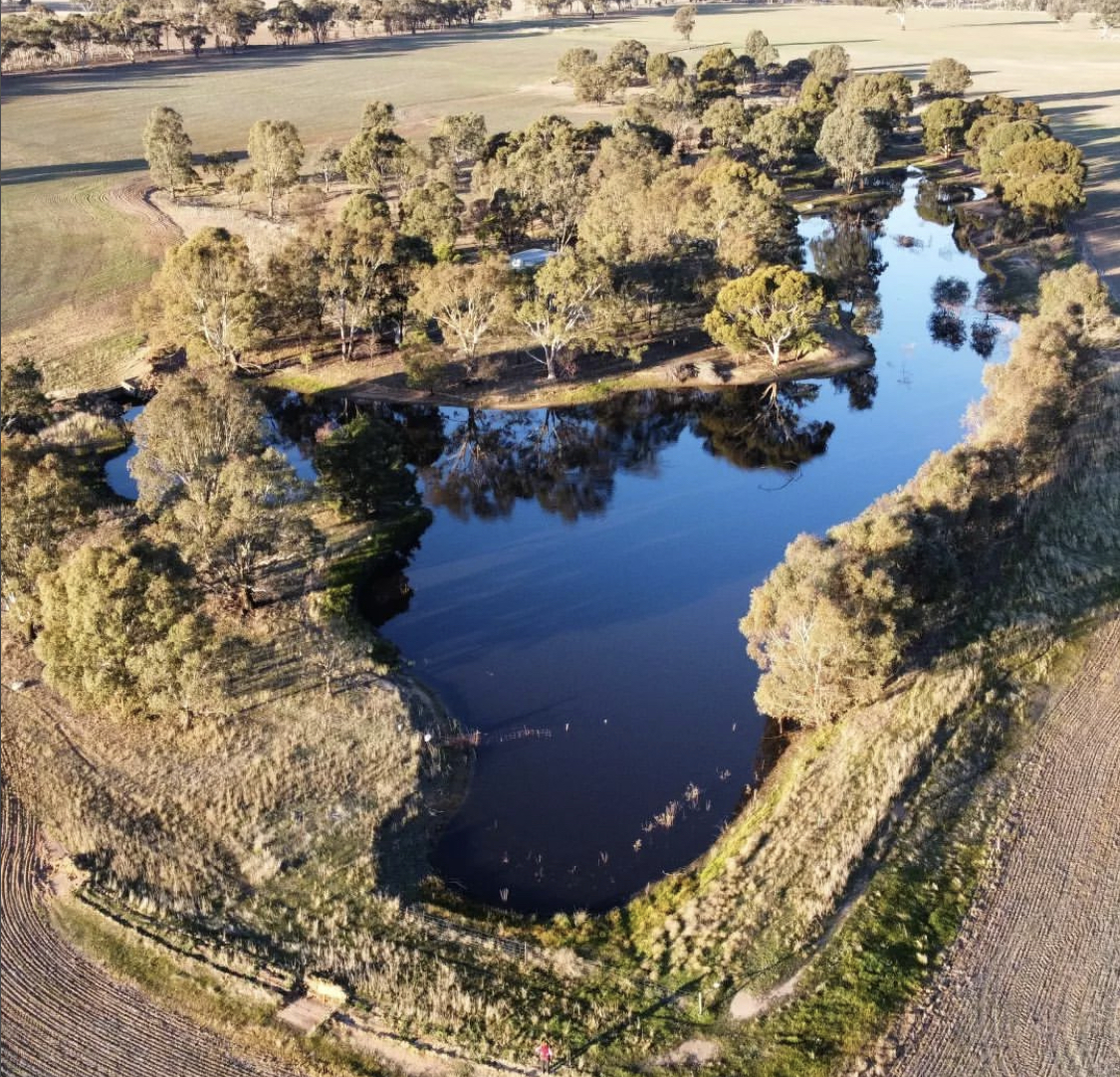
Landcare enables people to actively care for the natural environment in their community. Every day, there are people caring in so many ways. Here’s just some of the myriad of things they do:
- Plant native trees, shrubs and grasses to create habitat for native animals to improve biodiversity.
- Involve the community in restoring and protecting the local environment with planting days, weed and rubbish removal and installing bird nesting boxes.
- Organise volunteers in the community to come together and help resolve local environmental issues.
- Care for our rivers and waterways.
- Consult Traditional Owners about local land management and decision making.
- Connect urban and rural communities to bridge the city-country divide.
- Support the habitat of threatened species like the koala, platypus and native birds (see image below), from the impact of urban development and climate change.
- Host education programs and workshops to share knowledge.
- Manage community native plant nurseries and educate the general public about the value of local indigenous plant species.
- Working to care for the environment has a positive impact on the mental and physical health of individuals and the wellbeing of communities.
- Bring people together from all walks of life to do something good for the environment.
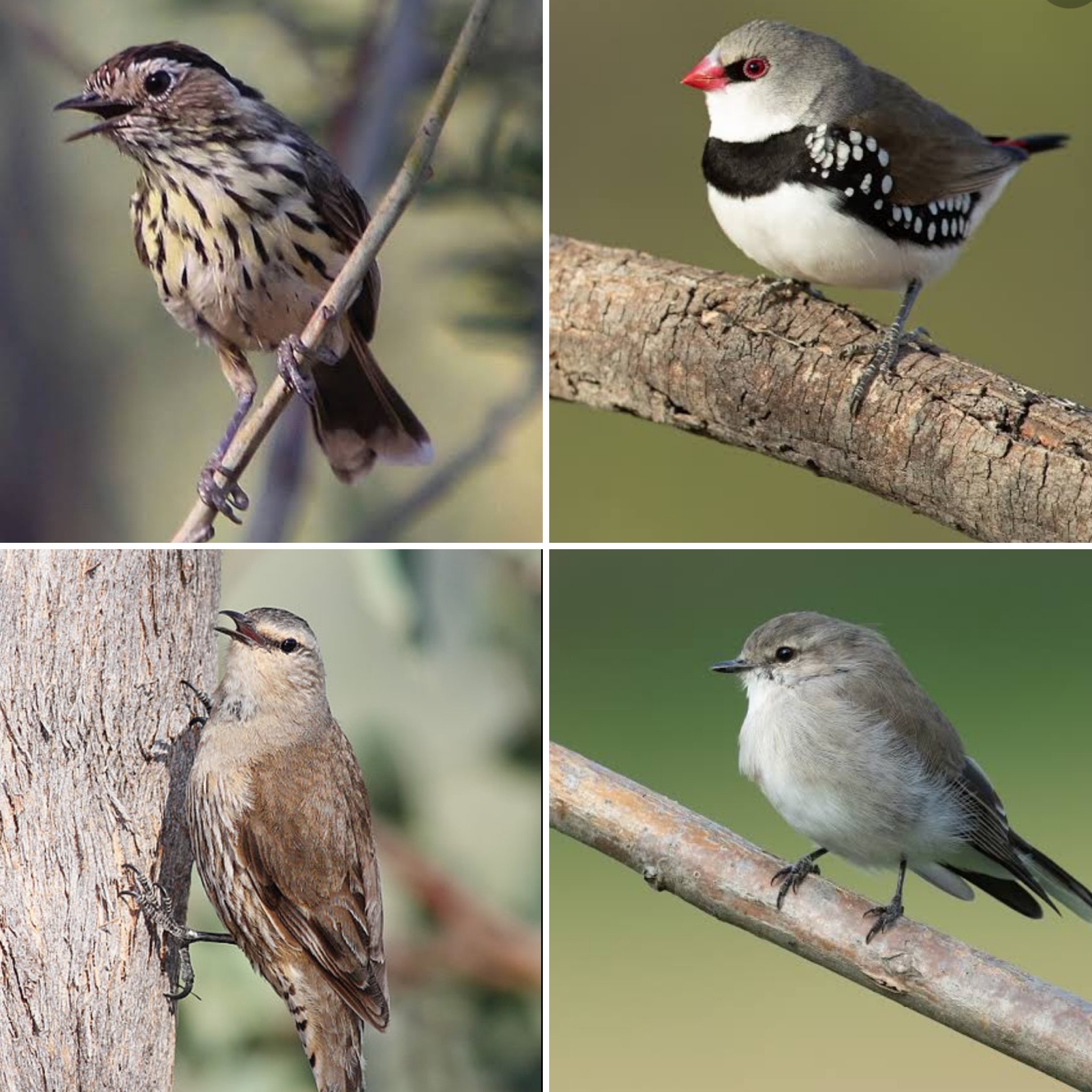
Fifteen Trees is a very proud supporter of Landcare Australia, providing trees, shrubs, grasses and ground covers for their revegetation and restoration projects. And we thank them for their care for our native environment.
With the impact of a changing climate, and natural disasters like drought, bushfires and flood, Landcare has never been so important.
Writer: Colleen Filippa
With a background in Environmental Science, Colleen is the Founding Director of Fifteen Trees. In 2009, after 20 years in primary, secondary and tertiary education institutions, Colleen left the classroom to start the company. Fifteen Trees is a social enterprise assisting individuals and companies to reduce their carbon footprint by supporting community groups such as Landcare, schools and environmental networks.
